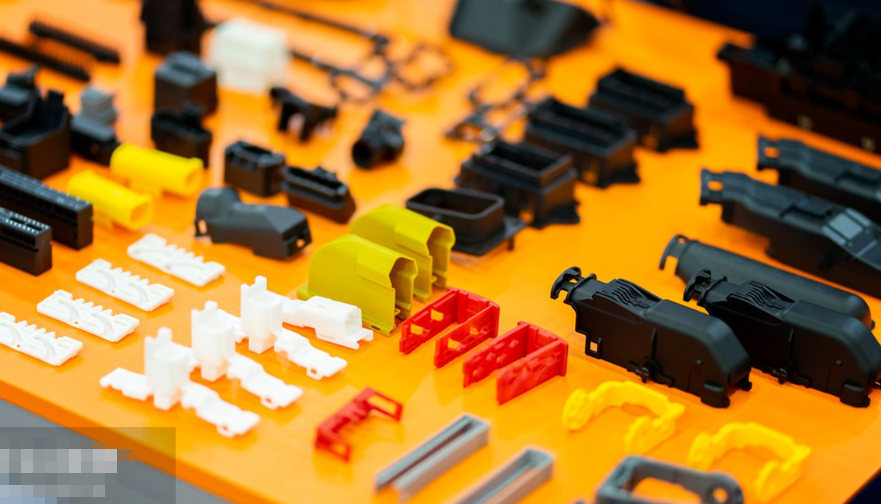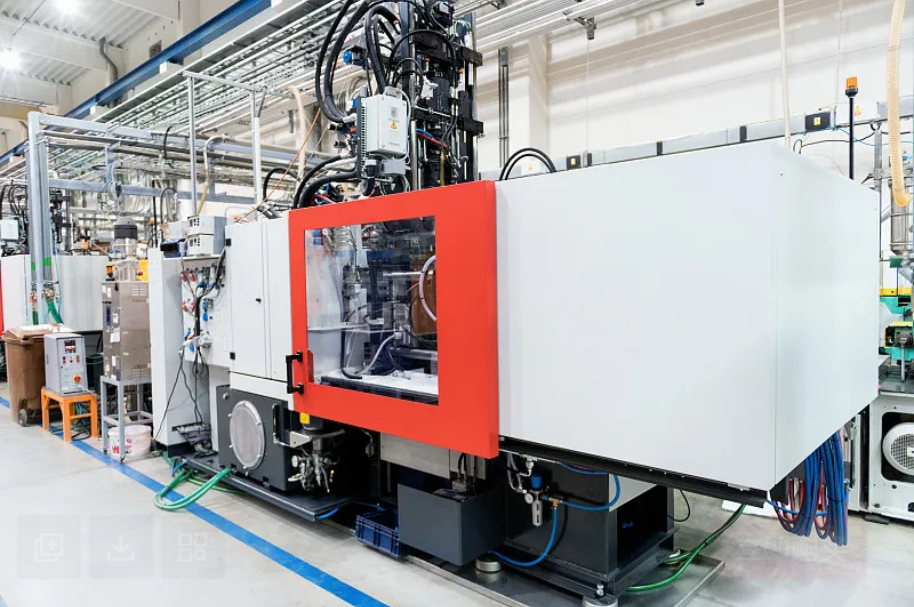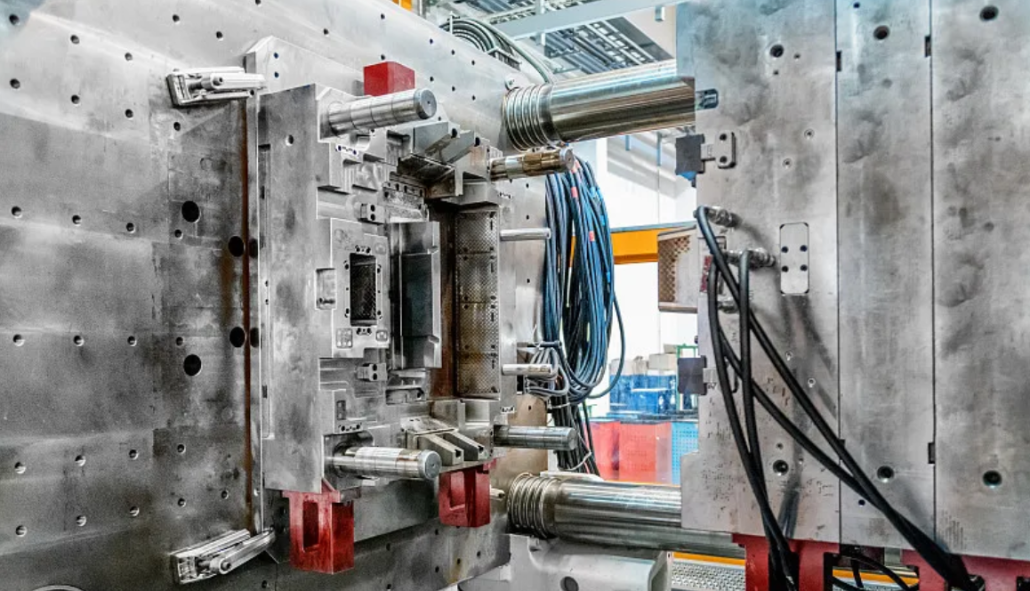When it comes to plastic injection molding, bubbles are one of the most frustrating issues that manufacturers may encounter. However, if bubble occurrence is addressed correctly, it can be avoided altogether. In this blog post, we’ll discuss everything you need to know about what causes bubbles in plastic injection molding, and provide you with expert solutions to keep your production line running smoothly.

Understanding the Basics of Plastic Injection Molding
Before we dive into what causes bubbles in plastic injection molding, let’s first review the basics of the process.
Plastic injection molding is the most commonly used manufacturing process for producing large quantities of plastic parts that require tight tolerances and complex geometries. It involves injecting molten plastic into a mold cavity, where it solidifies to form the desired shape.
The process involves four main stages: clamping, injection, cooling, and ejection.
During the injection stage, the molten plastic is injected into the mold through a sprue. Once the cavity is filled, the plastic is allowed to cool and solidify.
When the cooling time is insufficient, or the injection speed is too fast, it can lead to bubble formation. Let’s explore some of the common causes of bubbles in plastic injection molding.

What Causes Bubbles in Plastic Injection Molding?
Entrapped Air
One of the primary causes of bubbles in plastic injection molding is entrapped air. This occurs when air gets trapped in the molten plastic during the injection process and gets sealed into the final product.
To prevent entrapped air from causing bubbles, it’s essential to use a venting system that allows the air to escape from the mold during the injection process.
Additionally, proper mold design and tool maintenance are critical in minimizing air entrapment.
Excessive Moisture
Moisture in plastic resin can also lead to bubble formation. If the plastic resin isn’t stored correctly or has been exposed to moisture, it can undergo hydrolysis during the injection molding process, resulting in the release of water vapor.
To combat this issue, you can use dryers or dehumidifiers to remove moisture from the plastic resin before it’s processed.
Poor Melt Control
Poor control of the melt temperature and viscosity can also cause bubbles in plastic injection molding. When the melt temperature is too high, or the viscosity is too low, it can create a turbulent flow that results in air bubble formation.
It’s essential to monitor and control the melt temperature and viscosity to ensure consistent injection and prevent bubble formation.

Inadequate Venting
Inadequate venting in the mold can also cause bubbles in plastic injection molding. If air isn’t allowed to escape during the injection process, it gets trapped in the mold and creates bubbles in the final product.
Proper mold design with enough vents to allow air to escape is essential in ensuring a successful injection process.
How to Prevent Bubbles in Plastic Injection Molding?
Now that you know what causes bubbles in plastic injection molding let’s move on to how you can prevent them from occurring.
Proper Venting Design
One of the most effective ways to prevent bubbles in injection molding is to ensure your mold design includes an adequate venting system. The venting system should allow for air to escape easily and prevent entrapped air from causing bubbles.
Control Melt Temperature and Viscosity
Maintaining proper melt temperature and viscosity is crucial in preventing bubble formation in plastic injection molding. By keeping your melt temperature and viscosity within the correct range, you can prevent turbulent flow and keep your injection process stable.
Use Dryers or Dehumidifiers
To avoid excessive moisture in plastic resin, be sure to use dryers or dehumidifiers. These devices can effectively remove moisture from the plastic resin, preventing hydrolysis during the injection molding process.

Regular Mold Maintenance
Lastly, regular mold maintenance is essential in preventing bubble formation in plastic injection molding. By ensuring your mold is clean, well-maintained, and free of damage, you can eliminate any factors that could lead to bubbles.
Bubbles in plastic injection molding can be a frustrating issue that causes lost time, effort, and resources. However, by understanding the root causes and implementing best practices, you can avoid this common problem altogether.
With proper mold design, melt control, drying, and maintenance practices, you can keep your production line running smoothly and avoid the costly and frustrating issue of bubble formation.
We hope this complete guide on what causes bubbles in plastic injection molding has been informative and helpful to you. If you have any questions or would like to learn more about injection molding, please don’t hesitate to contact us.


